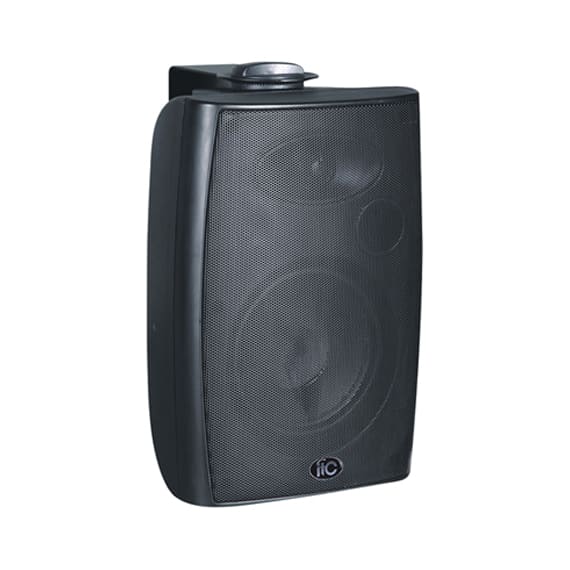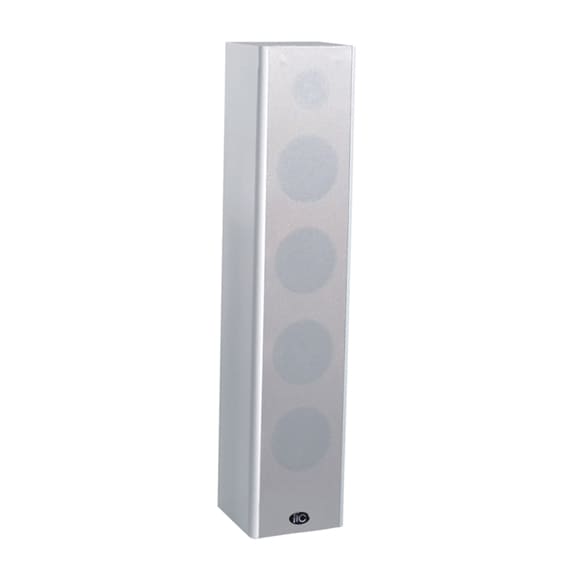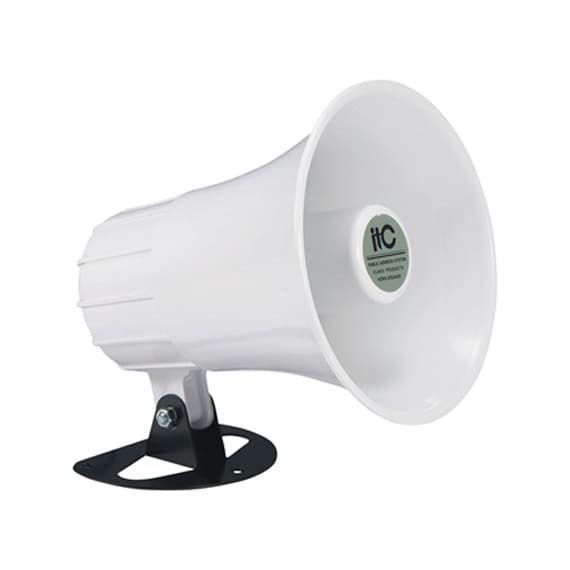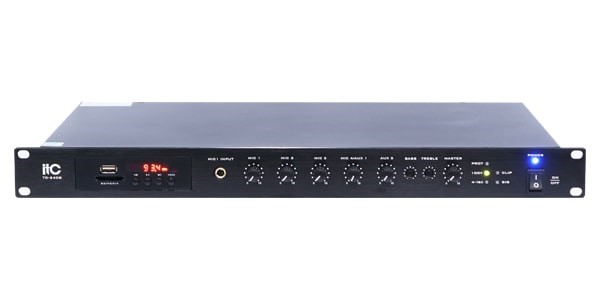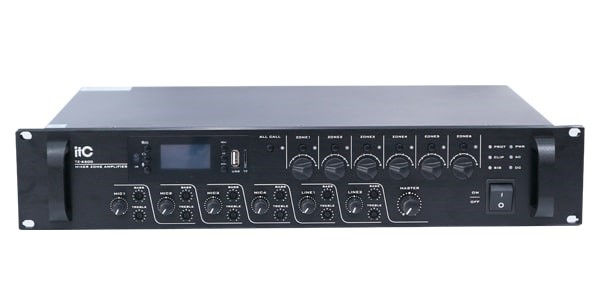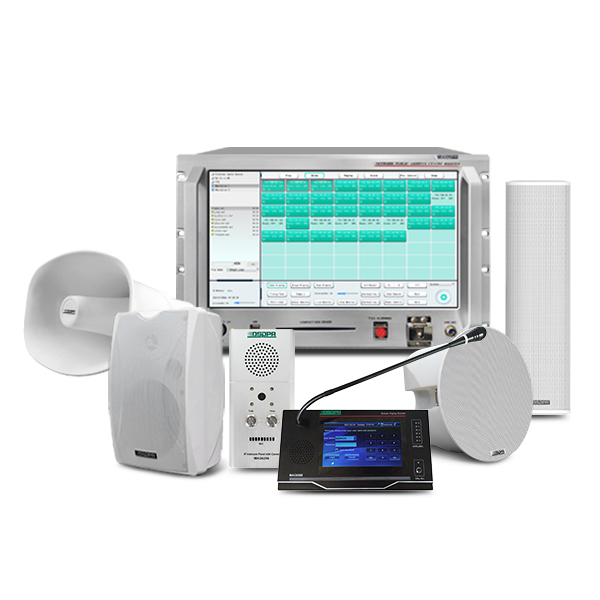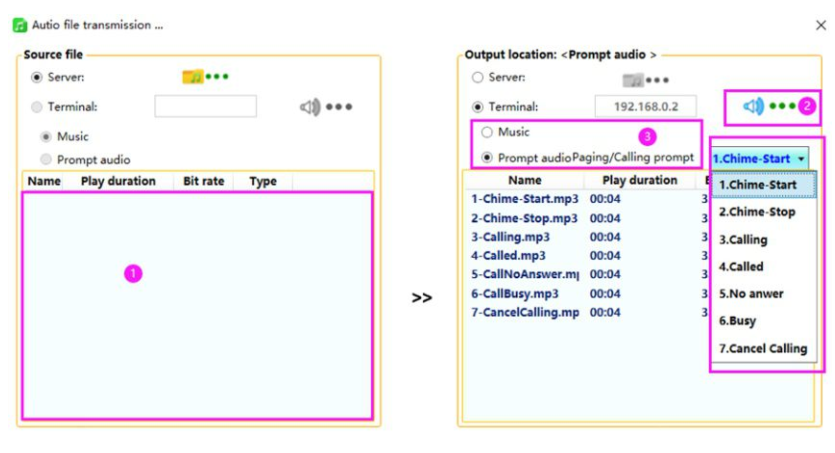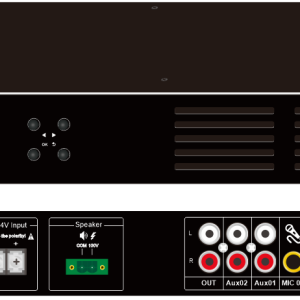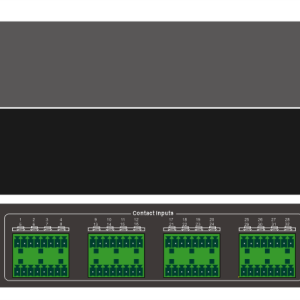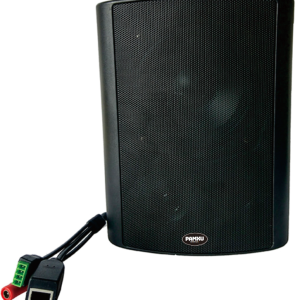An IP network PA (Public Address) system is a modern approach to broadcasting announcements, notifications, and music over a network using IP (Internet Protocol) technology. Unlike traditional PA systems that use analog wiring, an IP network PA system leverages existing network infrastructure (such as Ethernet or Wi-Fi) to distribute audio across a building or multiple locations.
Detail
Here are some key features and benefits of IP network PA systems:
- Integration with Network: Since it uses IP, the system can easily integrate with other networked systems and devices, such as security cameras, digital signage, and building management systems.
- Scalability: IP-based systems can be scaled up or down with relative ease. Adding new zones or expanding the system can often be done with minimal physical changes, just by adding new network devices.
- Remote Management: Many IP PA systems offer remote management capabilities, allowing administrators to control and configure the system from anywhere with an internet connection. This can include scheduling announcements, adjusting volume levels, or troubleshooting issues.
- Flexibility: You can route audio to different zones or areas within a building or across multiple buildings, providing targeted announcements or music.
- Quality: IP PA systems often support high-quality audio streaming, ensuring clear and intelligible announcements.
- Cost-Effectiveness: Leveraging existing network infrastructure can reduce the need for additional cabling and hardware, potentially lowering installation and maintenance costs.
- Integration with Other Systems: These systems can often interface with various software applications for more advanced functionality, such as emergency alert systems, or custom notification triggers based on specific events.
Examples of IP network PA system components include:
- IP Speakers: These are network-connected speakers that receive audio signals over the network.
- Networked Amplifiers: These provide amplification and can be connected to the IP network to distribute audio to speakers.
- PA Management Software: This software allows for the configuration and control of the entire PA system, including scheduling and zone management.
- Microphones: Networked or connected via a network interface for making announcements or broadcasting.
IP network PA systems are increasingly popular in large commercial buildings, schools, and public spaces due to their versatility and ease of integration with modern networked environments.


